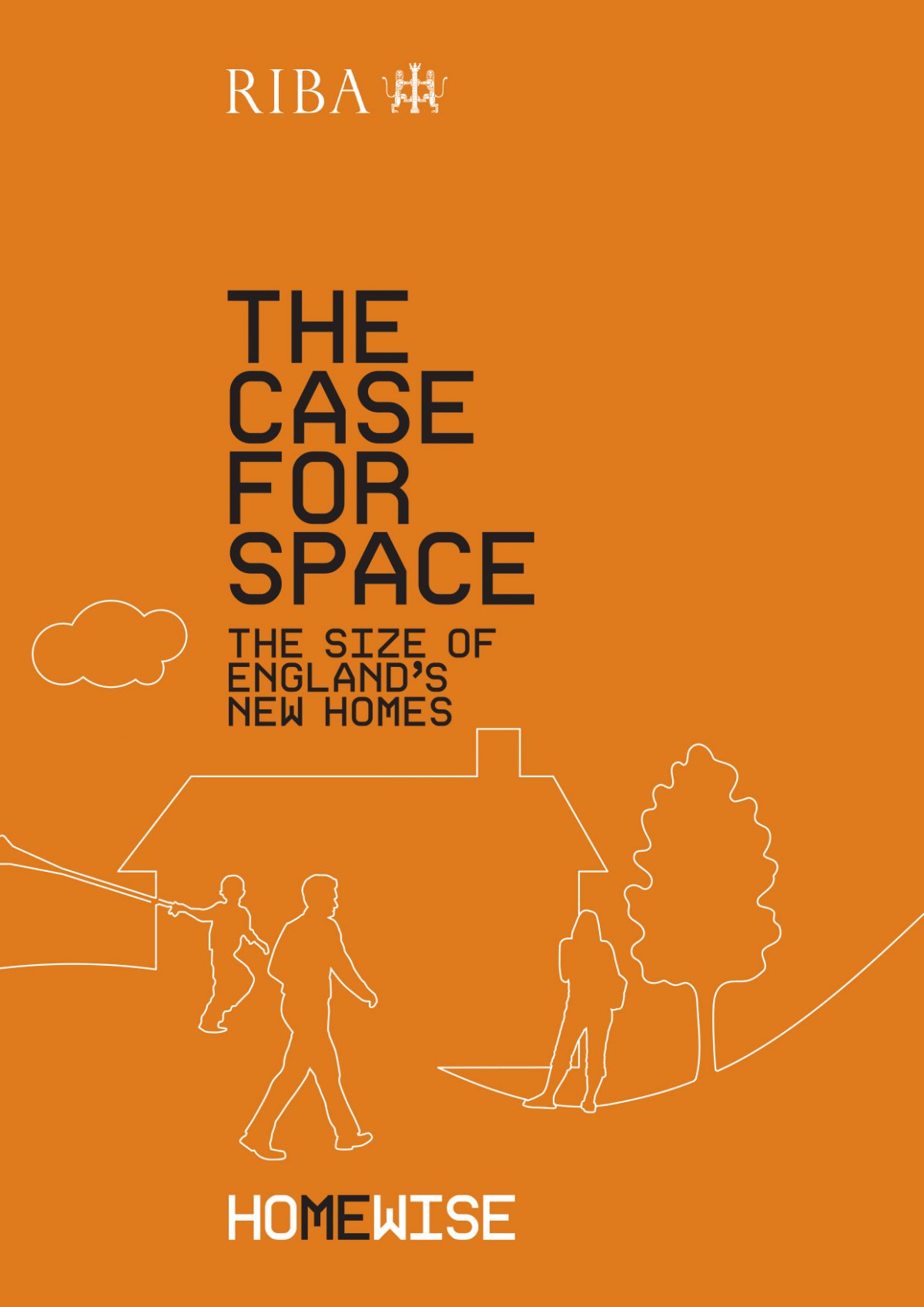To address this, a number of cities across the UK, including London, have adopted their own minimum space standards. The UK Government does not collect reliable data on the size of new homes. However, in 2011, RIBA research showed that the family homes being sold by the UK’s eight largest private housebuilders was on average 8m² – the size of a single bedroom – smaller than the minimum standards drawn up for London.
The report helped to push the Government to take action and, in October 2015, a new nationally described space standard came into force, setting out detailed guidance on the minimum size of new homes. Under the new standard, a new one bed, one person flat would have to be a minimum of 37m² while a three bed, five person home would be a minimum of 93m².
Unfortunately the new national standard is unlikely to have an impact in the short term. To adopt minimum standards in their area, local authorities will have to navigate an unnecessarily complex, costly, time-consuming and confusing process.
Author: RIBA
Publication date: December 2019




